COGA Fact Sheet: CDPHE 2019 Health Study
On October 17, 2019, the Colorado Department of Public Health and Environment (CDPHE) released an oil and natural gas health effects study titled, Human Health Risk Assessment for Oil & Gas Operations in Colorado. This study follows CDPHE’s 2017 Assessment of Potential Public Health Effects from Oil and Gas Operations in Colorado. That earlier study reviewed more than 10,000 air samples in regions of Colorado where people are living near oil and natural gas development. It concluded that all measured air concentrations were below short- and long-term safe levels.
Measurements are an important tool for understanding actual health risks, which is why CDPHE continues to collect air samples. In fact, an additional 5,000 samples near well pads and communities have been taken by the state’s state-of-the-art mobile monitoring lab in the past few years. Similar to the CDPHE 2017 study, not one of the mobile lab measurements were at a level that could cause short- or long-term health effects to nearby residents.
CDPHE’s 2019 health study took a different approach and reviewed data from Colorado State University’s emission study, taken from 2013-2016. Authors then developed an air dispersion model to make thousands of predictions of air concentrations and hypothetical exposures to populations living between 150 to 2,000 feet from a well pad under worst-case conditions.
Chronic Results
The model found all simulated long-term, chronic exposures to individual substances (like benzene) at 500 feet or more from production operations, which can continue for up to 30 years, were below health guideline levels. The study says, “chronic exposures during production operations were below guideline levels at the 500-ft distance in all scenarios.” This result confirms there are no anticipated long-term health impacts, including cancer, for people living near oil and natural gas development.
Acute Results
The model predicted in isolated scenarios that benzene, toluene, and ethyltoluenes, at smaller well pads during flowback activities, could exceed short-term, acute exposure health guideline levels at short distances.
North Front Range – The model used to simulate oil and natural gas operations in the North Front Range predicted infrequent, worst-case scenarios where the highest one-hour exposures exceeded health guideline values for benzene during flowback.
Western Slope – The model used to simulate oil and natural gas operations on the Western Slope predicted infrequent, worst-case scenarios where the highest short-term exposures exceeded health guideline values for benzene during flowback, as well as ethyltoluene and toluene for some other pre-production phases.
Authors of the study emphasize that modeling was “highly conservative, in that these highest-estimated exposures occur when the highest chemical emissions are highly concentrated by ‘worst-case’ meteorological conditions onto a hypothetical person who is outdoors or in a highly ventilated area, which might happen only rarely.” By using thousands of simulations, the study suggests “acute (short-term) health risk can be exaggerated when applying an air dispersion model to the improbable coincidence of the highest emission-release rate with worst-case meteorological conditions.”
In summation, under worst-case, hypothetical scenarios involving acute exposures only, the study determined that the potential for health risks could occur. However, even in those extremely rare situations, according to federal risk assessment guidelines, none of those worst-case modeled results were at levels that might produce observable health impacts. More information about those guideline levels is below.
Industry Practices
The 2019 CDPHE health study specifically identified the pre-production flowback stage as an area of potential concern under worst-case scenarios for acute exposure only, not chronic exposure. Current industry practices during flowback are significantly different than when the measurements were taken (2013-2016) to inform the model. Techniques at the time included open-air tanks, and in some cases “green completions.” Today, open-air tanks for flowback are not used in urban areas and green completions are commonplace. In some cases, operators have moved to enhance green completions and have a variety of best practices to further reduce emissions from this phase of development.
Health Guideline Values
Not all chemicals carry the same hazard or risk potential, which is why different federal or state guideline values exist. Guideline values do not represent thresholds of toxicity. Instead, they represent exposure levels that are far below what could produce an observable health effect. Measurements below guideline levels are considered safe for populations, including sensitive individuals.
In the chart above, adhereing to Colorado’s 500-feet setback distance, the highest confirmed measurement of chemicals commonly associated with oil and natural gas development have all been below health guideline values. Benzene, Toluene, Ethylbenzene, and Xylene (BTEX) are the chemicals most often monitored and measured. The chart shows the maximum confirmed detection of each chemical taken in Colorado (green circle) and the corresponding federal health guideline value from the Agency for Toxic Substances and Disease Registry (ATSDR) used to evaluate health risk (blue circle).
There is a big difference between health guideline values and the actual concentrations that may produce observable effects. The chart below illustrates these differences in benzene concentrations. Drawing from known toxicology studies, the U.S. Department of Health and Human Services’ Agency for Toxic Substances and Disease Registry (ASTDR) was able to determine the lowest observable adverse effect level (LOAEL). Benzene exposures at this level (10,200 ppb) could lead to dizziness, headaches, nose and throat irritation. The ATSDR’s health guideline value is set much lower at 9 ppb, to be highly conservative.
Measurements of benzene in Colorado at distances of 500 feet or greater have been near that health guideline value, which is much lower than the 200 ppb that someone may be exposed to while filling up their car at a gas station.
Additional Resources & Information
Colorado Department of Public Health & Environment (CDPHE) | www.colorado.gov/cdphe
Regional Air Quality Council (RAQC) | www.raqc.org
Colorado Oil & Gas Conservation Commission (COGCC) | www.cogcc.state.co.us
US Environmental Protection Agency (EPA) | www.epa.gov
EPA Air Quality System | www.epa.gov/aqs
Colorado State University (CSU) Energy Institute | www.energy.colostate.edu




